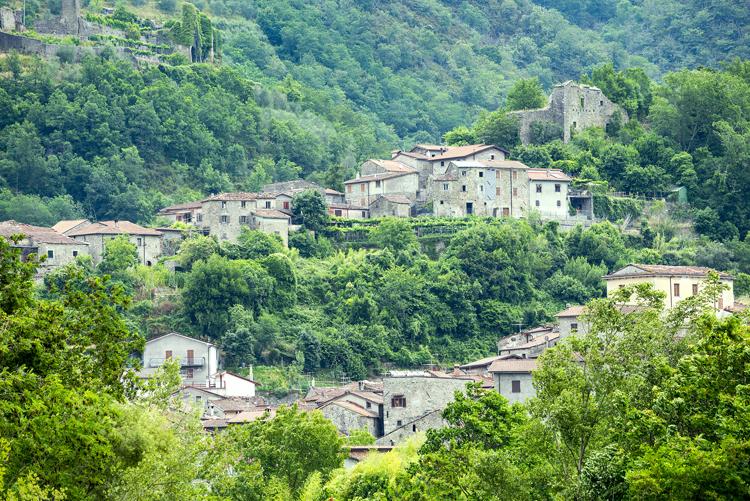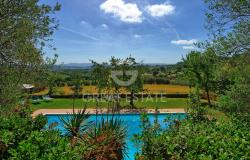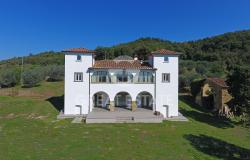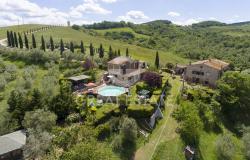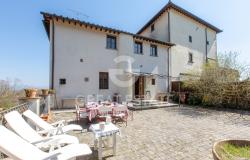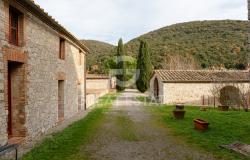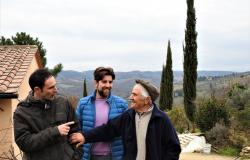You’ve done Florence, Siena, San Gimignano, the Val d’Orcia, Chianti, and all the famous splendors of Tuscany. Or you simply like to take the road less traveled. Then read on for suggestions on exploring the wonderful region of Tuscany beyond the usual itineraries and destinations.
The Countryside
Don’t go to Val d’Orcia – go to Lunigiana
Lunigiana is that thin strip of land wedged among Liguria, Emilia and Tuscany, along the course of the river Magra. Inhabited since Paleolithic times, it belonged to the Etruscans, to the Ligures, and to the Romans, who established the colony of Luni, from which the area took its name in the Middle Ages. Unlike Val d’Orcia and its rolling, soothing, picture-perfect hills, Lunigiana is harsh; it’s a borderland where different cultures have mixed through the centuries. This is reflected for example in the robust yet simple cuisine, based on wheat and cornmeal flour, olive oil, pesto and pecorino, leek, onions, nettle tops and borage.
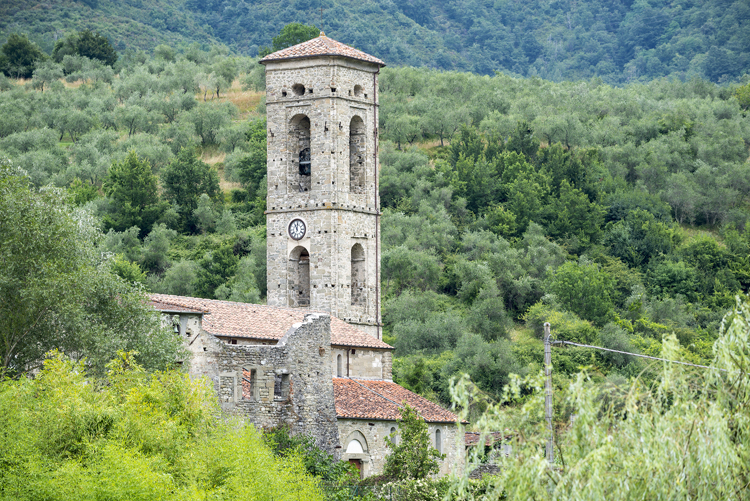
Don’t miss
- Villafranca in Lunigiana and its Museo Etnografico, which depicts very well Lunigiana’s rural identity;
- Aulla, an ancient town in a strategic position whose importance grew during the Middle Ages, when the pilgrimage route Via Francigena, which still passes by it, was established. Visit the Brunella Fortress, which overlooks the town, and the 9th century Abbey of Saint Caprasio.
- Casola in Lunigiana, an ancient borgo ideal for a stroll among typical 15th and 16th century buildings.
- Codiponte and its Romanesque ‘pieve’ with Lombard-Carolingian decorative motifs.
Art Cities
Don’t go to Pisa, go to Pistoia
Only 36 km from Florence, yet a world away from the crowds of Tuscany’s capital, Pistoia is Italy’s Capital of Culture for 2017, with a series of plans to revamp some of its urban areas and cultural infrastructures. Besides Florence and Siena, visitors usually opt for Pisa to admire its famous Leaning Tower. Why not see Pistoia instead?

Don’t miss
- Pistoia’s small historic center, gathered around a harmonious medieval square, Piazza del Duomo, surrounded by the city’s main religious and civic buildings, including the Duomo di San Zeno, the 67-meter-high campanile, the medieval Tower of Catilina, the ancient Palazzo dei Vescovi;
- The 13th-century Ospedale del Ceppo, founded as a hospital in medieval times and renovated in the Renaissance by the Medici family (now set to be transformed into a multi-use cultural center);
- The Giostra dell’Orso on July 25 each year, a re-enactment of a medieval Palio, during which the best knights from the four districts of the city vie for the prize trying to hit a bear cutout with a spear.
The Borghi
Don’t go to San Gimignano, go to Certaldo
Raise your hand if you’ve been to Tuscany and didn’t go to San Gimignano. Well, there are many more incredibly charming borghi to explore in the region besides the splendid town with the many towers. A favorite is no doubt Certaldo, hometown of one of Italy’s greatest writers, Giovanni Boccaccio, author of The Decameron.
In the heart of the Valdelsa, between Florence and Siena, Certaldo, entirely built of red bricks and in part still surrounded by walls, stands on top of a hill, which you can reach on foot from Certaldo Bassa, or by taking the funicular.

Don’t miss
- Boccaccio’s House, a faithful reconstruction of the original, which was destroyed by a bomb during World War II. The house, which today is a museum, hosts a library dedicated to the life and works of Boccaccio. Walk up to the rooftop terrace for a great view of the red-brick borgo and the verdant Valdelsa;
- The Church of Saints Jacopo and Filippo, where, in the center, is the tomb of Boccaccio covered by a bas relief depicting the poet;
- The 12th century Palazzo Pretorio, former seat of the local government, the much-feared courthouse, the prisons, and the residence of the Vicari, who had full powers over the life and death of the local residents;
- Porta del Rivellino, the most fortified gate in Certaldo because, right in front of it, was the bordering Republic of Siena, i.e. the enemy. From there, there’s a great panoramic view of the surrounding valley.
The Seaside
Don’t go to Forte dei Marmi, go to Castiglione della Pescaia
If you like glamour, celebrities and a lively nightlife, then, by all means, don’t skip Forte dei Marmi, a chic seaside resort on the northern Tuscan coast. But if you’re looking for somewhere more authentic, then go to Castiglione della Pescaia.

Located in the province of Grosseto, which is considered the heart of the Maremma, Castiglione della Pescaia is an ancient seaside town that developed around a medieval fortress and a large fishery, hence the town’s name. The town comprises a modern part by the sea, and an old part perched on a rocky spur, surrounded by ramparts.
Don’t miss
- A walk among Castiglione's steep, cobbled streets often covered by vaults or lined with fortified gates, up to the highest point where you can enjoy a good view over the canal-harbor, the sandy beaches, and even the Elba island;
- A swim into Castiglione’s crystalline waters, often rated as Italy’s cleanest;
- Vetulonia, an Etruscan archeological site nearby.
What are your favorite off-the-beaten-track destinations in Tuscany? Let us know in comments.
